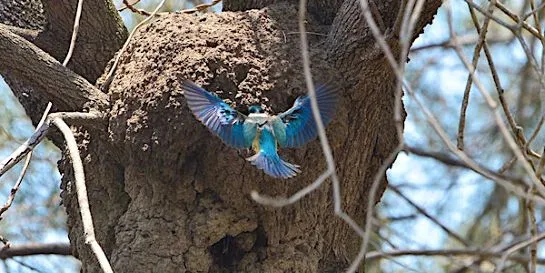How to grow potted herbs that thrive
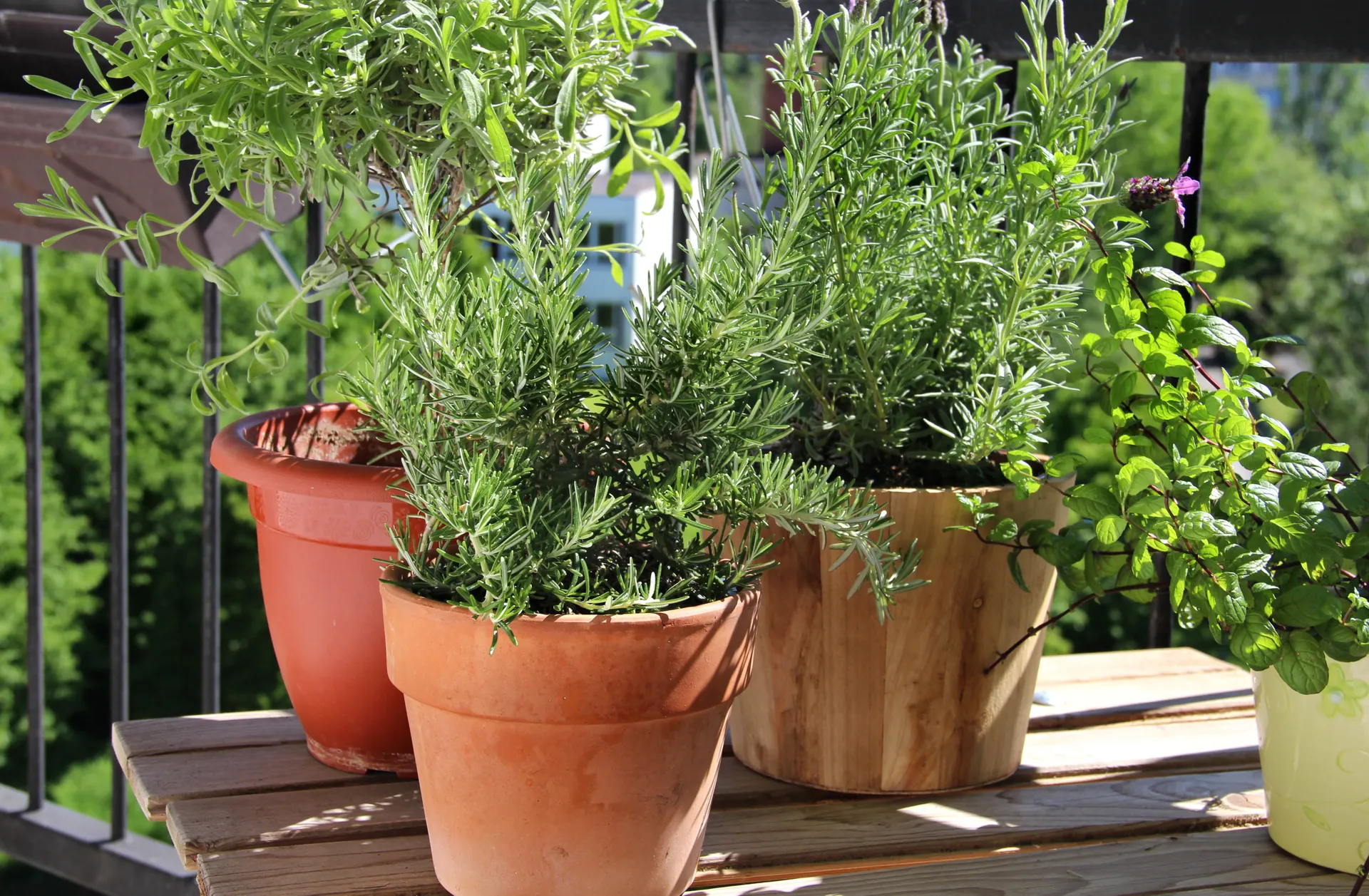
There’s nothing like snipping fresh basil to use in a meal or adding mint to a jug of iced water. Our warm, humid summers and mild winters mean herbs can thrive all year round—especially when grown in pots. Here’s how to get started.
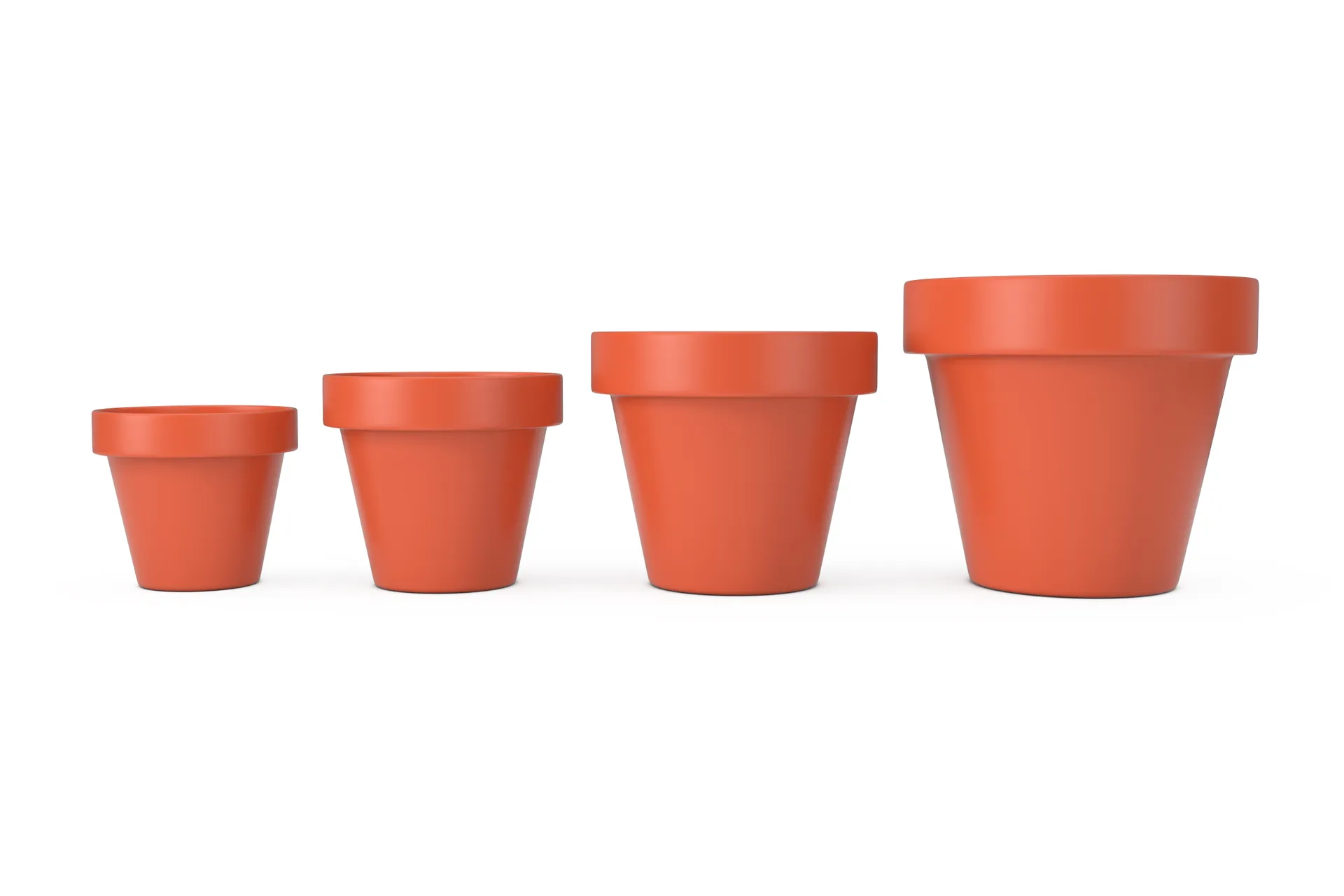
An abundance of fresh herbs are just a few steps away. With the right herbs, pots, soil, and care, you can have a year-round supply of fresh flavour right outside your door.
1. Choose the right herbs for pots and our climate
Some herbs simply love life in a container. In SEQ’s sub-tropical weather, these are reliable performers:
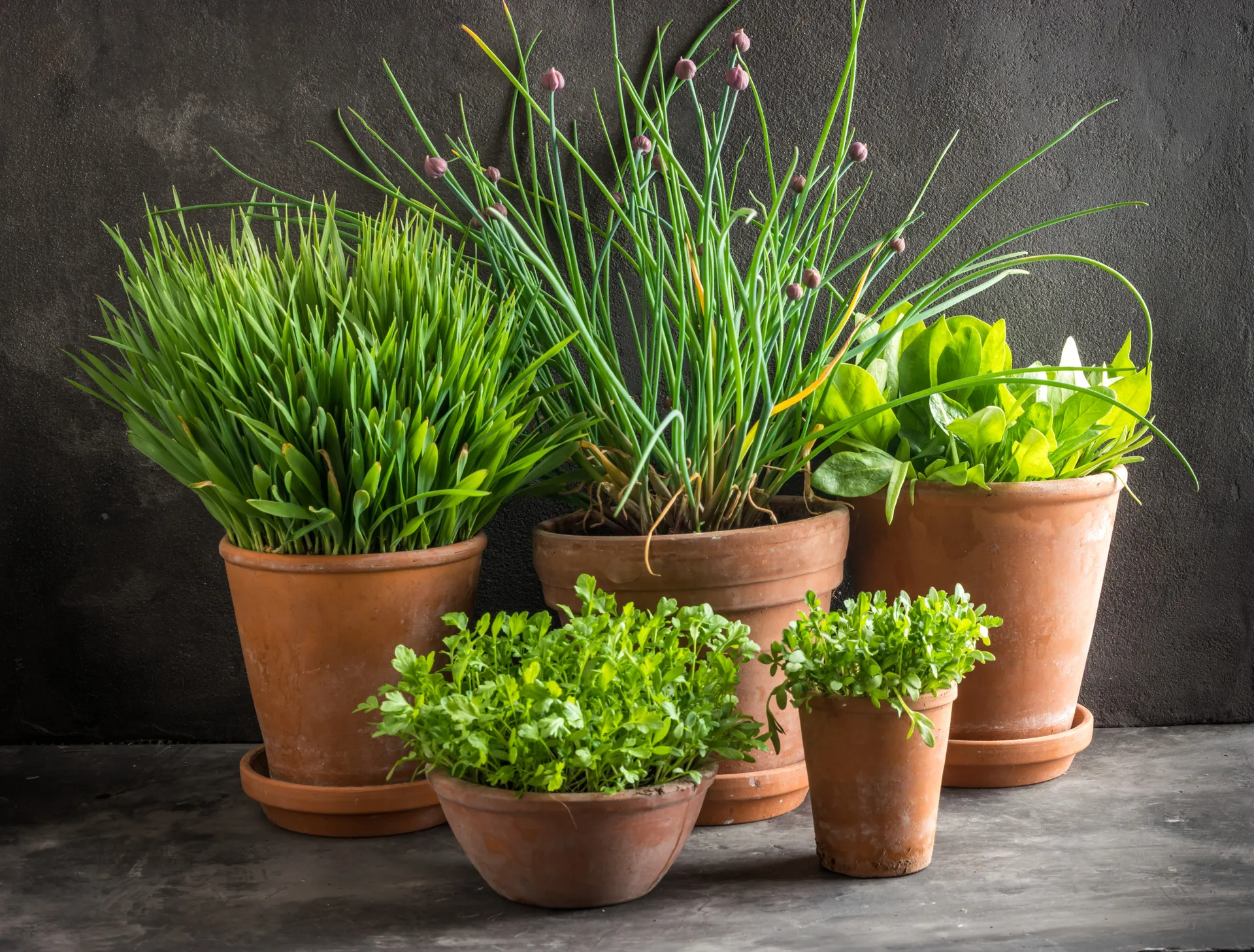
- Basil – loves full sun and warmth
- Mint & Vietnamese mint – prefer partial shade and stay contained in pots
- Parsley – happy in sun or part shade, needs regular water
- Oregano, thyme, sage – sun-lovers with great flavour
- Lemongrass & lemon myrtle – perfect for bigger pots.
Tip: Avoid putting vigorous spreaders (like mint) in mixed pots—they’ll muscle out gentler herbs.
2. Pick the right pot and position it smartly
The pot is your herb’s home, so make it a good one:
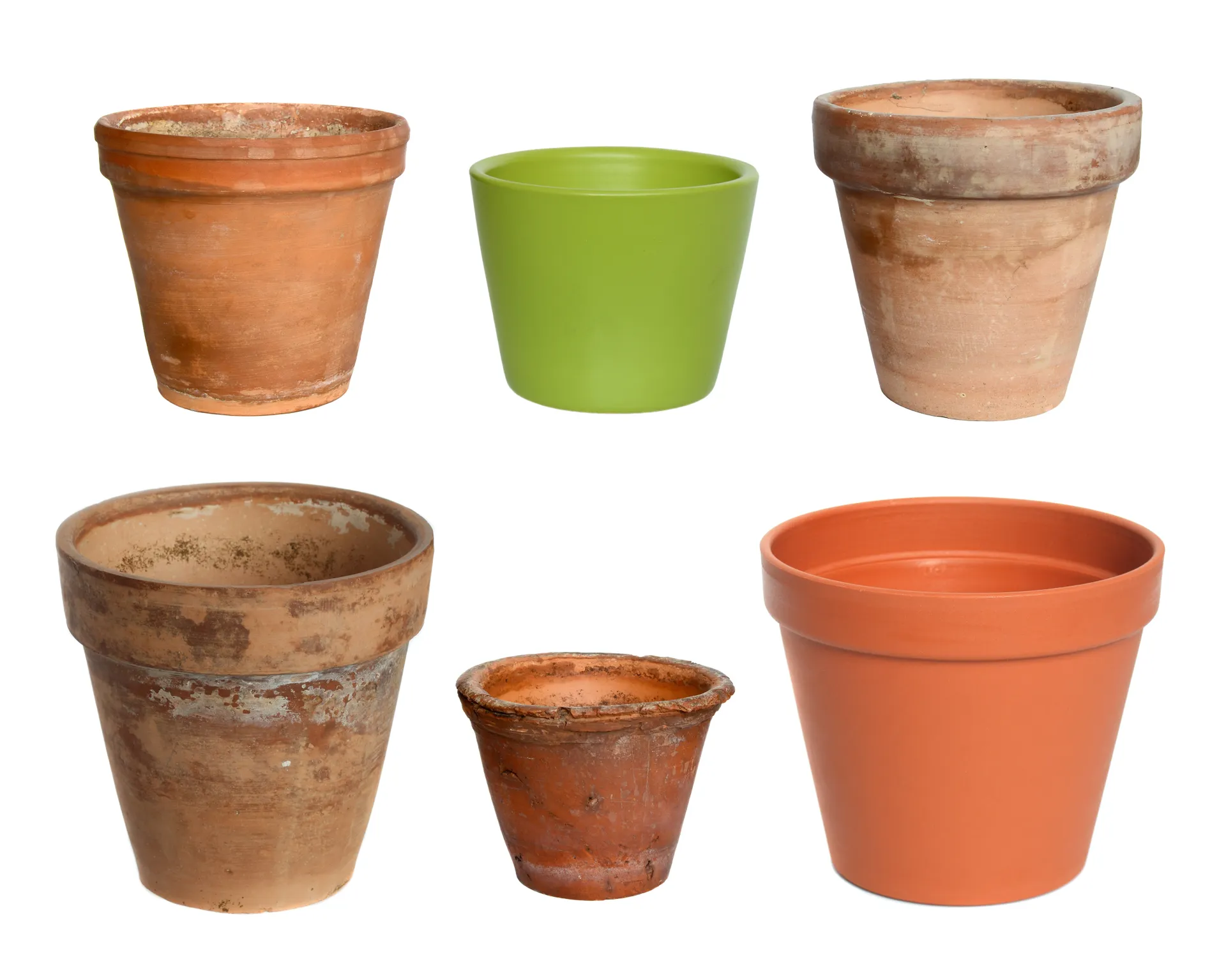
- Size – Small herbs like thyme do well in 20 cm pots; larger plants like lemongrass need at least 40 cm diameter.
- Drainage – Always ensure there are multiple drainage holes.
- Material
– Terracotta breathes but dries faster; plastic holds moisture and is lighter to move.
Position pots where herbs will get 6–8 hours of sun (except shade-lovers) and close to the kitchen for easy picking. In summer, a spot with morning sun and afternoon shade is perfect.
3. Use quality soil—and don’t overfill big pots with mix
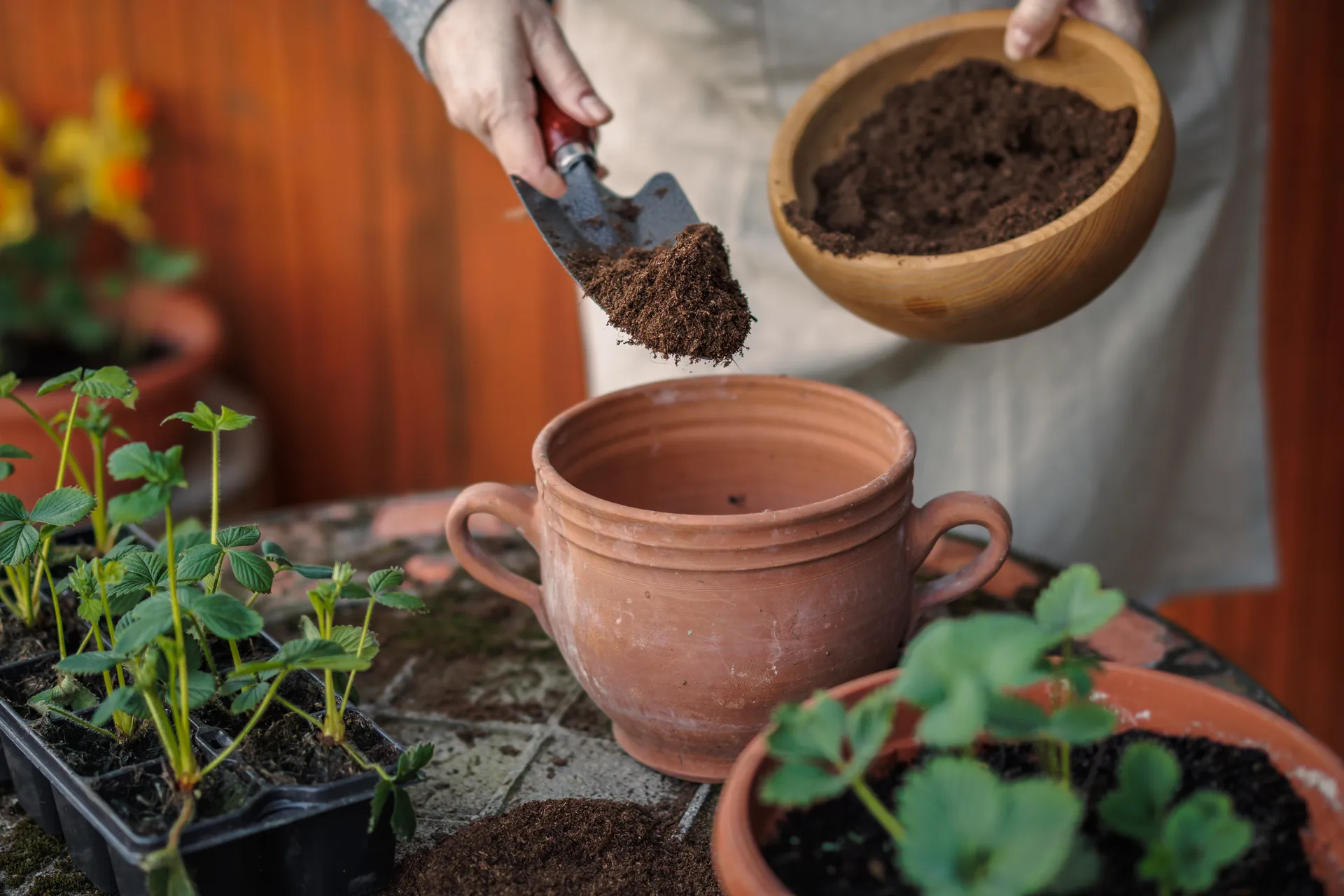
Herbs in pots need a premium edible-safe potting mix—look for one marked to the Australian Standard with red ticks. For big pots, you don’t need to fill the whole thing with mix; add a layer of lightweight drainage material (like inverted nursery pots, chunky bark, or expanded clay) in the base to save weight and improve drainage.
4. Water and feed the right way
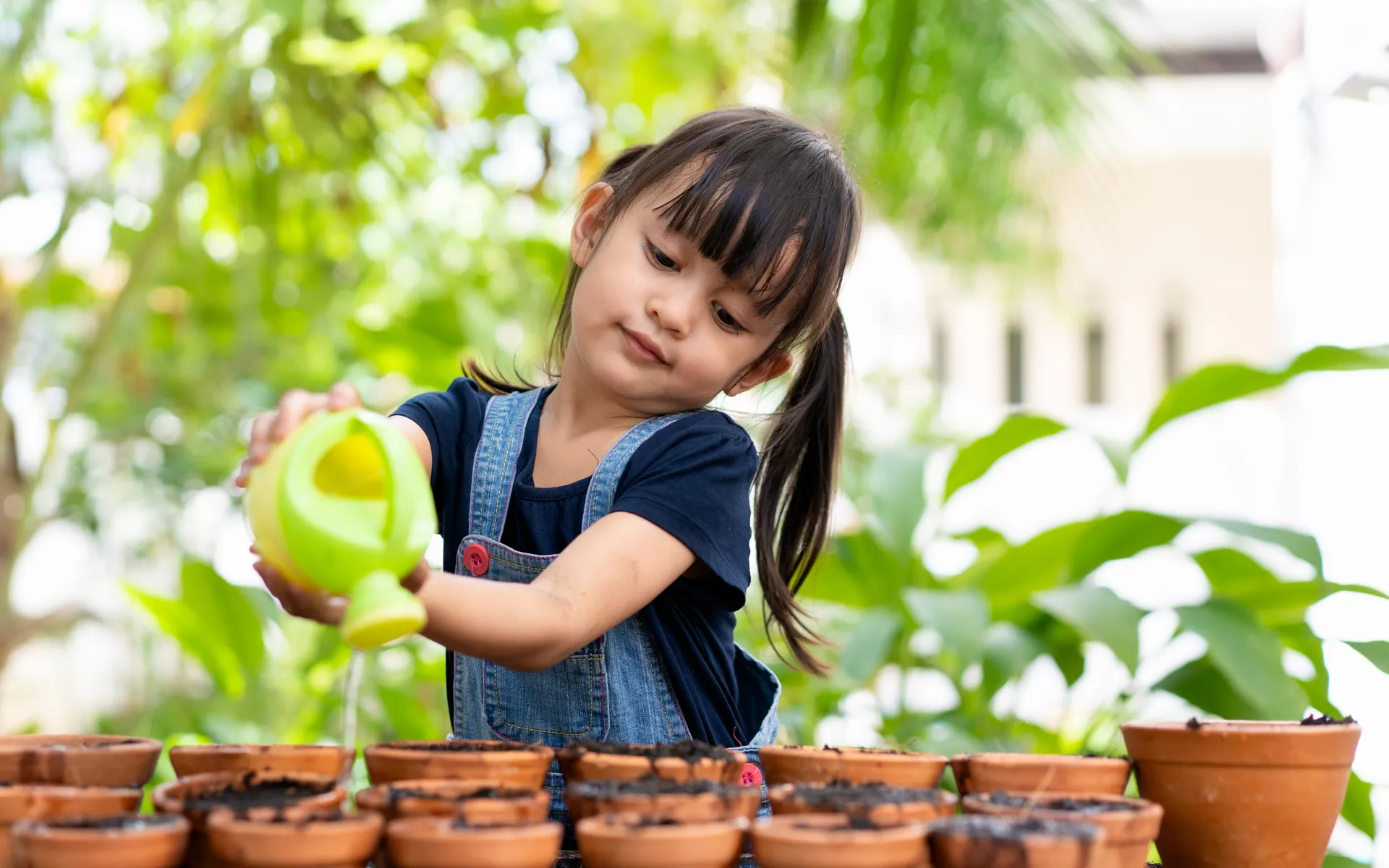
Potted herbs dry out quickly in our climate. In summer, water daily in the early morning; in winter, check soil first before watering. Keep soil moist but not soggy. Feed every 2–4 weeks with liquid seaweed or a mild organic fertiliser. Too much nitrogen makes leafy growth but reduces flavour.
5. Harvest often and keep plants healthy
Snip herbs regularly—this encourages bushy growth and keeps them producing. Pinch flower buds off basil to stop it going to seed. Every few months, top up the potting mix and mulch lightly with straw to keep roots cool.
Categories:

